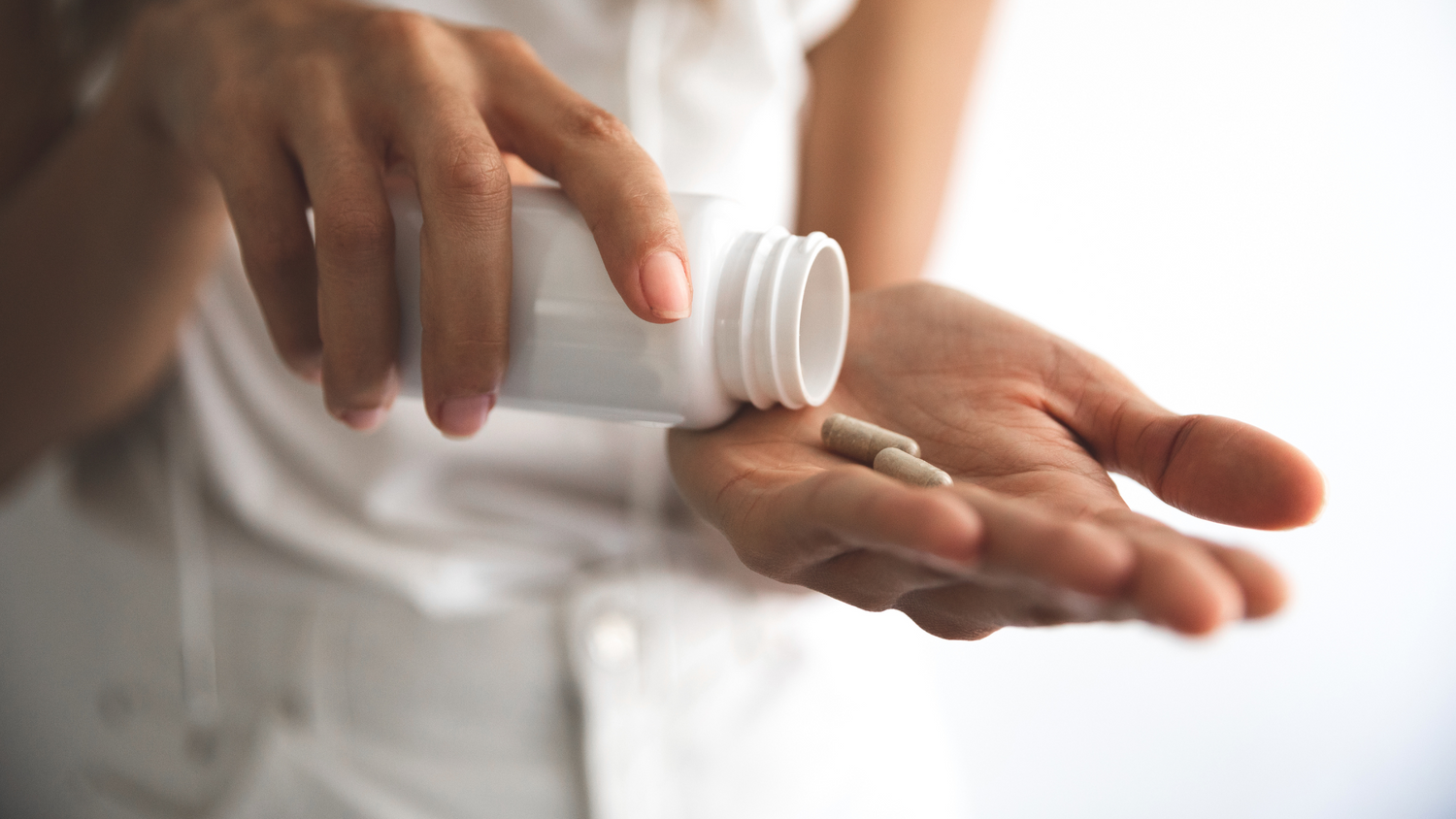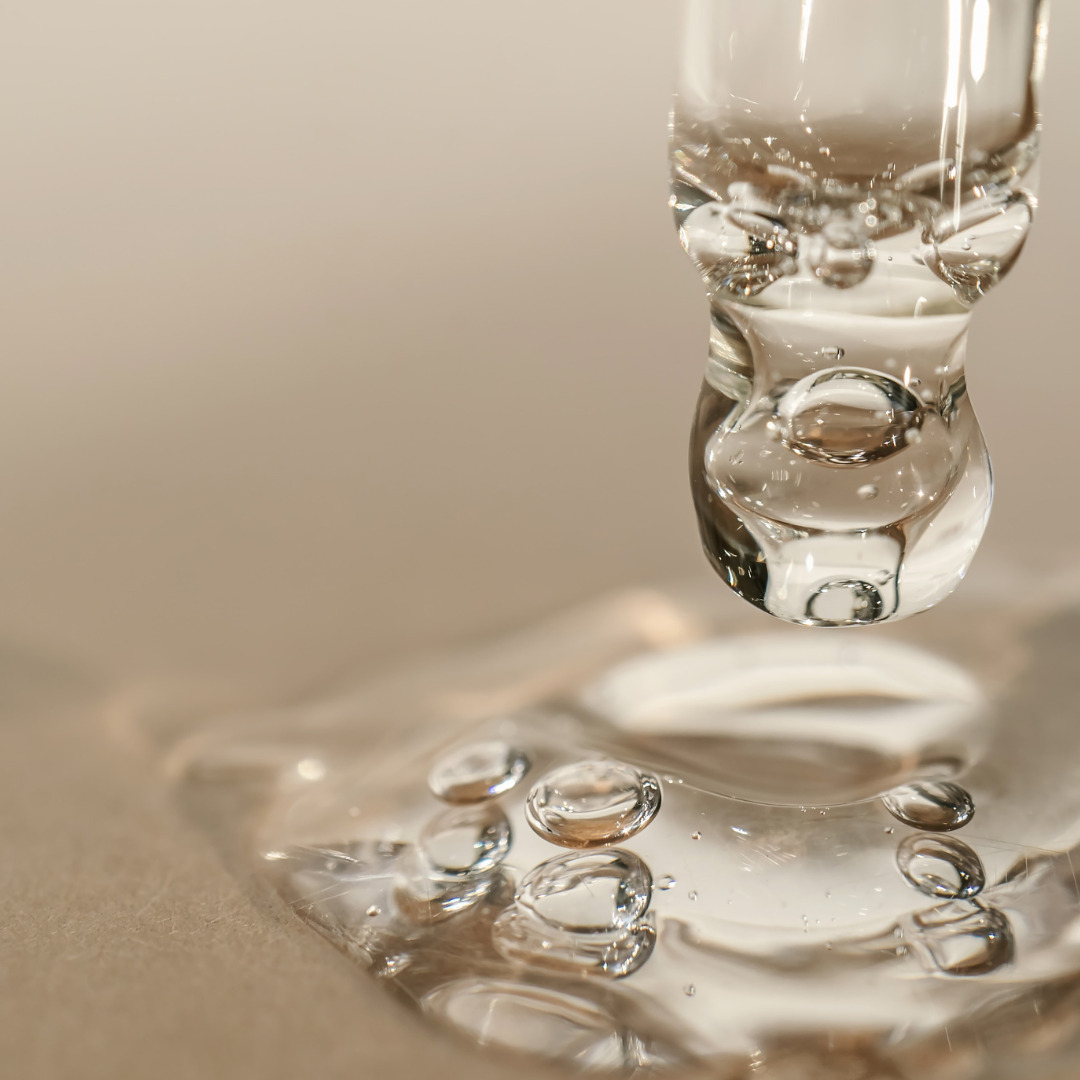
Get an inside look at our eco-conscious choices
Meet Linn, our Social Media & Content Manager, leading our eco-conscious efforts. From her awakening during pregnancy to ongoing eco-awareness, she shares insights and natural favorites.
It is crucial to acknowledge that regulation within the cosmetics industry remains a work in progress, with new synthetic chemicals being banned year after year due to their potentially harmful effects. There are notable discrepancies between regulations in the EU, the US, and other regions, leading to varying standards of consumer protection across the globe.
For instance, the United States has a significantly lower number of banned cosmetic ingredients compared to Europe, with only 11 restricted by the Food and Drug Administration (FDA) while Europe has over 1,300 restricted ingredients.
As consumers, it’s essential to be aware of the risks associated with these substances and recognize the importance of avoiding harmful chemicals altogether. By choosing 100% natural skincare products, you can safeguard your health and contribute to a safer and more sustainable cosmetics industry, regardless of your location.
We have compiled a list of potentially harmful ingredients that have been or are currently used in skincare to keep you informed. We recommend that you check the ingredients list of your skincare products to avoid any unnecessary harm to yourself, your skin, or the ecosystem.
At Jevie, we are committed to avoiding synthetic preservatives in our products. These substances, like parabens and formaldehyde-releasing preservatives, are commonly used in the cosmetics and food industries for their role in extending product shelf life and aiding in mass production. However, they present potential health risks. Parabens, capable of penetrating the skin, have been detected in a broad range of adults, while formaldehyde-releasing substances can pose more serious health concerns over time.
The widespread use of these shortcuts in our modern world results in our cumulative exposure to these preservatives across various daily use products. A significant study from UC Berkeley[1] highlighted this issue, showing a noticeable reduction in harmful chemicals in teenagers who switched to products free from these substances for just three days (Harley et al., 2016).
We stand with the philosophy of unrefined, natural products that value health and wellbeing over mere convenience.
Our approach might demand more time and effort, but we are committed to providing a safer, more beneficial alternative. Using the power of natural ingredients, we strive to deliver effective, healthy skincare solutions that are as safe and wholesome as the food you’d choose for your body.
[1] Harley, K. G., Kogut, K., Madrigal, D. S., Cardenas, M., Vera, I. A., Meza-Alfaro, G., … & Parra, K. L. (2016). Reducing Phthalate, Paraben, and Phenol Exposure from Personal Care Products in Adolescent Girls: Findings from the HERMOSA Intervention Study. Environmental health perspectives, 124(10), 1600–1607.
PARABENS
(E.G., METHYLPARABEN, PROPYLPARABEN, BUTYLPARABEN)
These synthetic preservatives have been linked to hormonal disruptions and may cause skin irritation.
SYNTHETIC FRAGRANCES
Artificial fragrances can cause skin irritation, allergies, and respiratory issues. Look for products labeled “fragrance-free” or those that use natural essential oils for scent.
PHTHALATES (E.G., DEHP, DBP, DMP)
Often found in synthetic fragrances and plastic packaging, phthalates have been associated with hormone disruption and potential reproductive issues.
FORMALDEHYDE AND FORMALDEHYDE-RELEASING PRESERVATIVES
(E.G., DMDM HYDANTOIN, DIAZOLIDINYL UREA, IMIDAZOLIDINYL UREA, QUATERNIUM-15)
These chemicals can cause skin irritation, respiratory problems, and have been classified as potential human carcinogens and have been linked to developmental toxins, hair loss, asthma, and neurotoxicity.
SULFATES
(E.G., SODIUM LAURYL SULFATE (SLS), SODIUM LAURETH SULFATE (SLES))
These harsh detergents can strip the skin’s natural oils, leading to dryness, irritation, and even exacerbating acne.
MINERAL OIL AND PETROLEUM DERIVATIVES
(E.G., PETROLATUM, PARAFFIN WAX)
These ingredients can clog pores, potentially leading to breakouts and hindering the skin’s natural ability to breathe and detoxify.
SYNTHETIC COLORS
(E.G., FD&C AND D&C COLORS)
Artificial colors can cause skin irritation and have been linked to potential health risks, including allergic reactions and possible carcinogenic effects.
TRICLOSAN
This antibacterial agent has been associated with hormone disruption, environmental toxicity, and antibiotic resistance.
OXYBENZONE AND OCTINOXATE
These chemical sunscreen ingredients have been linked to hormone disruption, skin irritation, and environmental concerns, including coral reef damage.
ETHANOLAMINES
(E.G., DEA, TEA, MEA)
These chemicals are used as emulsifiers and foaming agents, but can cause skin irritation, allergies, and have been associated with potential carcinogenic effects.
SULFATES
Common in mascaras, these salts can irritate eyes and skin, strip hair dye, and pose environmental threats.
PHTHALATES
Used in nail polishes and other products, these plasticizers are reproductive and developmental toxins.
TRICLOSAN
An anti-bacterial chemical in toothpaste and other products, it can disrupt endocrine function and irritate the skin.
TOLUENE
Found in hair dyes and nail polish, this petrochemical solvent can weaken the immune system and pose risks to fetuses.
TALC
Used in baby powders and other products, talc is linked to ovarian cancer and lung tumors when inhaled.
LEAD
Found in lipsticks and other cosmetics, this heavy metal is a contaminant that can cause health problems.
CHEMICALS IN SUNSCREENS
PABA, benzophenone, and other chemicals can cause endocrine disruption instead of protecting the skin.
POLYETHYLENE GLYCOL (PEG)
A thickening agent that can cause cancer, respiratory disorders, and strip natural oils from the skin.
DIETHANOLAMINE
A foaming agent that can cause cancer and respiratory toxicity.
ALCOHOL
A common solvent in skincare products, drying alcohols can leave the skin dry and disrupt its renewal process.
HYDROQUINONE
A skin lightening agent linked to cancer and other health problems
PETROLATUM
A softening ingredient that can dry out the skin and contain harmful chemicals if not refined properly.
BENZYLATE AND BENZOIC ACID
Preservatives that may cause skin irritation or allergies.
BENZYL ESTER
An antimicrobial agent that can cause skin irritation and sensitivity.
METHYLISOTHIAZOLINONE (MIT) AND METHYLCHLOROISOTHIAZOLINONE (CMIT)
Preservatives that may cause skin and eye irritation and potential allergic reactions.
PHENOXYETHANOL
A preservative that can cause skin irritation, particularly in those with sensitive skin.
TRICLOCARBAN (TCC)
An antibacterial agent similar to triclosan, associated with hormone disruption and environmental toxicity.
BENZYL ALCOHOL
A preservative that can cause skin irritation or allergies in sensitive individuals.
BENZALKONIUM CHLORIDE
A disinfectant that can cause skin irritation and may be toxic if ingested.
CITRIC ACID
A natural ingredient used as a preservative and pH adjuster, but can cause skin irritation in some individuals, especially those with sensitive skin.
To prioritize your skin’s health and the environment, consider opting for skincare products that use natural, non-toxic ingredients and avoid those with potentially harmful chemicals. Always read the labels carefully and consult with a qualified healthcare professional if you have any concerns about the ingredients in your skincare products.
Campaign for Safe Cosmetics ( CSC ) Red List of Chemicals of Concern in Cosmetics

Meet Linn, our Social Media & Content Manager, leading our eco-conscious efforts. From her awakening during pregnancy to ongoing eco-awareness, she shares insights and natural favorites.

Isn't more always better when it comes to supplements? Big numbers aren't everything. With nutrients, it's the source that counts, not just the amount.

A wake-up call for skincare enthusiasts of all ages: Rethink safety and embrace natural alternatives that offer benefits without the risks.